Growth habits and cultivation methods of common perennial herbs
Source: That Garden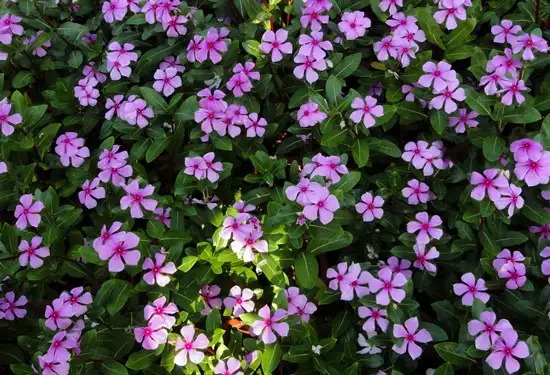
Annual or biennial herb
·Growth habits and cultivation methods of common annual and biennial herbaceous plants
The ecological habits, breeding methods and cultivation methods of amaranth, globe amaranth, coleus, marigold, zinnia, calendula, cornflower, snake eye daisy, daisy, aster, snapdragon, violet, mirabilis jalapa, lily of the valley, noon lily, sunflower and mesembryanthemum.
| Flower Name | Aliases | Ecological habits | Flowering period | Reproduction | Cultivation |
| Yan Lai Hong | Old boy's back garden | It likes moisture, sunshine, ventilation, early resistance, alkali resistance, and is not strict on soil, but requires good drainage. | Autumn foliage, flowering from July to September | Sowing in April, direct seeding or seedling transplanting | The management is extensive, and the fertilizer is not too much, so as to avoid leggy growth and dull appearance. |
| Globe amaranth | Hundred Days Red | It likes warm and dry weather, likes fertilizer, and is not very demanding on the soil environment. | From summer to late autumn | Harvest seeds from July to November and sow in April to May next spring | Transplant in May, the seeds can be transplanted to places with poor environmental conditions, but there should be no permanent |
| Coleus | Old and young Coleus | Likes warmth, sunshine, ventilation, avoids waterlogging, and is not cold-resistant | For viewing leaves. Flowering in August-September | When the calyx turns yellow, the seeds can be harvested and sown in spring and autumn. Or the cuttings can be planted in a sandbox, which is easy to root. | Potted, early spring potting, avoid cold. Heavy pruning after flowering, more vivid when new. It is also an annual open-field cultivation, 5-0 brick planting, '2 inches high to the top |
| marigold | Honeycomb Chrysanthemum | It likes warm, humid and fertile environment , likes light, and is also shade-tolerant. | June-November | Sow in holes in March and April, 1 inch deep, cover with 3-5 fen of soil. Transplant when the seedlings are 3-4 inches tall, cuttings are easy to survive | Ground planting, high planting, pinch off the top in the fifth section |
| Zinnia | Zinnia | Not cold-resistant, not water-resistant, and not demanding on soil | From summer to late autumn | Seed propagation, time can be early or late | Fertilizer is not applied to fertile soil to prevent it from growing too tall or falling over. When the flowers fade, the stems are cut off from the base, soil is added and fertilizer is applied, new branches will grow, and the flowers will fall again soon. |
| Calendula | Catharanthus roseus | It is strong, can tolerate frost, and grows better in fertile, moist, sunny areas. | April-November | Seed propagation, spring and autumn | Plant in the flower bed. In addition to annual or biennial cultivation, old roots can also produce new shoots. Potted plants are mostly planted in early spring. |
| Cornflower | Blue Hibiscus | Cold-resistant, sunny, suitable for well-drained sandy loam | May-August | It can be planted in spring and autumn. It can also reproduce by self-seeding. | Ground planting. Dwarf varieties can be potted |
| Snake Eye Chrysanthemum | Cosmos cosmos | Avoid using too much fertilizer and being picky about soil, sunny sandy soil is preferred | June to September | Sowing in March-April or September-October. Cuttings grow fast in summer. Most seeds fall and grow on their own. | Plant the seedlings at a height of 10 cm and control watering to dwarf the plants. There are also dwarf varieties suitable for potted plants. |
| daisy | Kalanchoe | It likes cool climate and can survive the winter in the open field under the condition of not less than -1-4 0C. | April to June | Sow in August-September, old plants can be divided after flowering | Plant in March and pay attention to watering to get more and larger flowers and a longer flowering period. Pot in October and place in a warm room to bloom in early spring |
| Aster | Blue Chrysanthemum Jiangxi Chrysanthemum | Likes moisture, is not tolerant to fertilizer, and is not strict with soil | Spring sowing blooms in September, autumn sowing blooms in May | Can be sown in spring and autumn | Suitable for planting in pieces or strips, and can also be used as potted plants |
| Snapdragon | Longkouhua | Strong and cold-resistant. Perennial herb, cultivated as an annual or biennial plant | May-November | Sow in August-September. Cuttings: From September to May of next year, take slightly hard new branches, cut into 6 cm sections and insert half into the sand. You can also divide the plants | The seedlings have 3-5 true leaves and can be moved into the flower bed or potted. Fertilize and water frequently. Spring sowing is not as lush as autumn sowing, and it blooms 2 months later. |
| Violet | Osmanthus fragrans | Likes cool and ventilated, avoids dryness and heat | Autumn sowing: April-May, spring sowing: June-July | Seeds are harvested in June and July, usually sown in pots in late August | Before the true leaves unfold, the seedlings should be divided |
| Mirabilis jalapa | Tuberose | It likes semi-shady environment and can also be cultivated in sunny areas. It has no strict requirements on soil and environment. | June-September | Sow in March and April, sow on demand, cover with 5 fen of soil, and the seedlings will emerge in a week. The old plants will continue to produce new branches in the second year. | Pay attention to thinning and weeding during the seedling stage, and generally do not apply fertilizer |
| Rain Flower | Water Cabbage with Lotus Leaves | Likes water and humidity, and is not strict with the environment | August-September | Seeds are collected in autumn and sown in spring. They are mostly self-sown. | Cultivated on the edge of ponds, lakes or rivers or in shallow ponds, tanks or basins, combined with aquatic animals |
| Noon Flower | Meridian flower night falling money | It likes hot and sunny places and has no strict requirements on soil. | Summer and Autumn | Plant in March. Soak seeds in warm water before planting. Select hardwood cuttings in early autumn, roots will take root in half a month. | When the seedlings are 3 inches tall, they should be cut into small bamboos. It is best to plant them in a sunny place away from wind. They can be planted in the ground or in pots. |
| Sunflower | Purslane Pine -leaf Peony Rhododendron | It is highly adaptable, likes light, and blooms most at noon. It also needs watering and fertilizing even in dry and barren land. | Early summer to late autumn | Seeds are sown in April and May. In the places where they were planted in the first year, they will sprout on their own in the second year. | She can plant it in patches or potted plants |
| Mesembryanthemum | Pine Leaf Ice Flower | Not cold-resistant, likes light and moisture | April-July | Autumn. Cut 2-3 new shoots and insert them into sandy soil. Plant them in the next year. | Ground-planted plants do not need to have a support, and potted plants need a "beat" |
Perennial herb
Growth habits and cultivation methods of common perennial herbs
The growth habits, propagation methods and cultivation methods of cymbidium, agave, clivia, amaryllis, spider egg, aloe, golden edge agave, bletilla, sacral orchid, calla lily, freesia, peony, ground root, saxifrage, vinca roseus and chrysanthemum. >>View details
| Flower Name | Aliases | Ecological habits | Flowering period | Reproduction | Cultivation |
| Du Jinxiang | Early Lotus | Likes plenty of sunlight and is tolerant to early | April-May | Bulb propagation, flowering in the same year. Bulb propagation, flowering in 3 years. Seed propagation, flowering in 7-8 years | It is suitable to plant in small flower beds. Plant the bulbs in the soil in September and October, 3-4 inches deep. When the leaves turn yellow in June and July, dig them up and dry them in the shade. Store them in a cool and dry place |
| Agapanthus | Agapanthus | It likes warm and humid environment, has high requirements for water and fertilizer, and grows best in sandy loam. | June-July | Division | Potted plants should be planted in February or March. The soil should not be too wet. |
| Clivia | Lycoris radiata | Likes warmth, not cold-tolerant | Blooms in spring and summer, flowers continue to bloom until winter | Propagated by division, flowering in the same year. Propagated by seeds, flowering in 2-3 years | Potted plants are cultivated in warm indoor environment. Fertilized soil is spread on the surface of the pots every spring. In summer, they are ventilated, shaded and sprayed with water. Thin liquid fertilizer is often applied. |
| Lycoris | Dragon claw flower | It likes light, tolerates shade and humidity, and is cold-resistant. It prefers sandy loam with good drainage. | September-October | Bulb propagation. Divide the seeds in mid-March or around October. Cover with 3-5 cm of soil and compact it | Pay attention to watering in early spring, do not let the soil dry out, and fertilize once after the seedlings emerge. |
| Spider drags eggs | A leaf of orchid and a green sail | Shade-tolerant, tolerant to rain, few diseases and insect pests, strong resistance to stress | April-May | Propagation by division. You can divide the plant at any time, preferably before Qingming Festival. | It is mostly planted in pots, but can also be planted in shaded areas or under the shade of large trees. |
| Aloe Vera | Aloe Vera | Tolerant to shade, drought, cold, avoid direct sunlight, avoid humidity | July-September | Propagate by division in spring. Cuttings are carried out in spring and summer. Take new shoots about 6 cm long from the stems and insert them into the seedbed for planting next spring. | Potted foliage. Not too wet |
| Gold Edge Tequila | Dieffenbachia caesalpinia | Likes plenty of sunlight and high temperature, avoids low-lying waterlogging | It blooms only once in its lifetime, in June | The buds grow at the top of the pedicel, and bulbils grow on the ground and can reproduce on their own. They can also be propagated by seeds. The suckers at the top of the suckers are also used for reproduction. | Multiple potted plants |
| Bletilla striata | Zi Lan | It likes semi-shade and cool weather, and is best grown in well-drained sandy loam. | April-May | In October-November or March-April, dig up the bulbs, cut them and plant them | Potted plants. Apply liquid fertilizer every 10 days during the growing period. Avoid direct sunlight and drought in summer. |
| Orchid | Pocket Flower Dianthus | It likes to grow in moist and fertile acidic soil. | May-June | Split the tubers with scale buds and plant them separately. Each tuber must have two buds. | Cover the fungus to cool down in the hot summer. Cover with leaf humus during the winter. Avoid using raw manure during the growing period |
| Water Bamboo | Cyperus rotundus | Likes warmth and ventilation, not cold-resistant | June-July | Divide the pots in March and April, or take cuttings | Apply liquid fertilizer every 10-15 days during the growing period, keep the soil moist, shade in summer, and expose to sunlight in other seasons |
| Calla Lily | Sagittaria | It likes warm and humid weather and cannot tolerate cold and drought. | The first time is February-March, the second time is August-September | Propagation by division | Plant in pots around the beginning of autumn and spend the winter in a warm room |
| Freesia | Freesia | Tolerates partial shade, avoids low-lying waterlogging | April | Propagation by seeds or bulbils | Often planted in the ground, also used as potted flowers |
| Peony | Fish Peony | Likes high and dry, not strict with the environment | April-June | Division or cuttings. Root division before budding in early spring, cuttings during the plum season | Suitable for potted plants or ground planting, but not suitable for low-lying areas. |
| Taking root | Can't kill | Like dry and warm weather, strong vitality, not cold and wet | February-May | Leaf cuttings, branch cuttings, and sowing are all possible. Leaf cuttings are the easiest. Spread the mature leaves flat on wet sand and they will take root and sprout in a few days. | Do not water too frequently, as excessive moisture will cause leaves to fall and roots to rot. Pinch the tops of the plants several times during the growing season to promote branching. |
| Tiger ear grass | Stone lotus leaf money hanging viburnum | Likes shade and humidity, can tolerate severe cold | June to August | Division propagation can be done all year round. Seed propagation, sow in March-April, cover with 1-2 fen of soil, keep moist, and seedlings will emerge in two weeks. | Water to keep moisture, do not use concentrated fertilizer, avoid direct sunlight and drought |
| Catharanthus roseus | New every day | Likes warmth, cannot tolerate severe cold, and avoids saline-alkali land | Flowers in summer and autumn | Seed propagation, direct seeding in the south, sowing during Qingming Festival | Seedling height 2-3 inches, transplant on a cloudy day, plant spacing 1 foot, management is extensive. As an annual cultivation |
| Basil | Chrysanthemum | Semi-hardy, not resistant to high temperatures, and not very demanding on soil. | March - October | Cuttings are taken from September to April. Keep it moist and pot it after half a month. | Potted plants, kept indoors for the winter. Pinch off the top when the seedlings are 10 cm tall and place in a sunny place. White double-petaled and large-rotated varieties are not heat-resistant and should be placed in a cool place. |
Lianas
Growth habits and cultivation methods of common vines
The growth habits, propagation methods and cultivation methods of golden lotus leaves, hyacinthus sinensis, bitter melon, Aristolochia, ivy, tuberose, kiwi fruit and Trachelospermum jasminoides. >>View details
| Flower Name | Aliases | Ecological habits | Flowering period | Reproduction | Cultivation |
| Golden Lotus Leaf | Nasturtium golden lotus | It likes light, is not cold-resistant, and has no strict requirements on soil. | Blooms in early spring or early fall | Sow in spring or autumn. Can also be cut in spring | Sow in seed pots, plant when the seedlings are 3-4 inches tall, and use them as potted flowers. |
| Cyperus rotundus | Li Tian Sword | It likes humidity and partial shade, and has no strict requirements on soil and environment. | May-October | Sowing in April-June | Same as morning glory |
| Momordica charantia | Jinlizhi scaly grape | Likes warmth, not demanding on environment and soil | Fruit viewing: July-August | Sowing in April, direct seeding or seedling transplanting | The vines are not too long, high trellises are not suitable, and water and fertilizer are applied frequently. |
| Aristolochia | Acacia | Likes moisture, cold-resistant | June-August | Sowing in spring or fall | Plant the seedlings at 4-6 inches in height. Set up a support when the seedlings are 1 foot tall. Apply topdressing before and after flowering. Pay attention to drainage during the rainy season. Use it as a shade shed for greening |
| ivy | Chinese Ivy | Shade-tolerant, drought-tolerant, cold-tolerant, prefers warm and humid environment, avoids direct sunlight | August-September | Select strong branches and cut them into 16-20 cm long for cuttings in September-October or February-March. Or sow in March-April and cultivate for 1-2 years before planting. | Pay attention to weeding during the seedling stage. Although drought-tolerant, it still needs watering during droughts. Fertilize in autumn and winter |
| Tuberose | Night-scented Scented Flower | Likes warm and humid weather, and is not very demanding on soil | May-June | Seed propagation | Extensive management |
| kiwi | Actinidia kiwi fruit | It likes warm environment, is cold-resistant, and should be planted in sunny and humid places. It can be cultivated outdoors | June-July | Seed propagation, spring and autumn sowing are both possible. Cutting propagation, in the north it is best to do it in the hot and rainy season of July to August, and it will take root in 1 month | Transplanting of seedlings in the second spring |
| Trachelospermum | Shi Ling Swastika Rong Li | It likes warm and semi-shady weather, is drought-tolerant and avoids waterlogging, and is not very demanding on soil. | May-September | Cuttings and layering are easy to survive. Branches with aerial roots can survive if placed directly in a fertile pot. | Planted in the ground to decorate rocks, steep cliffs, and walls, old piles are used as bonsai. The leaves are dark green and the flowers are very fragrant. |
Inventory of flower varieties suitable for sowing (planting) in autumn
There are many varieties of flowers for autumn sowing, mainly including snapdragon, pansy, osmanthus, kale, calendula, daisy, bellflower, dianthus, dwarf snow wheel, cornflower, evening primrose, freesia, nasturtium, lisianthus, etc.
| Chinese name | Suitable temperature for sowing (℃) | Germination time (days) | Photorequisite for germination | Flowering period | Remark |
| Violet | | | | April-May | |
| Flower hair stalk | | | | April-May | Flowering 4-6 months after sowing |
| Sweet alyssum | | | | March-June | Flowering 12-17 weeks after sowing |
| Verbena | | | | April-November | Flowering 12-16 weeks after sowing |
| Dianthus | | | | April-June | |
| Baby's breath | | | | May-June | Cover with 0.2 cm of soil |
| pansy | | | | March-June | Flowering 14-16 weeks after sowing |
| Ancient Rare | | | | May-June | Flowering 11-15 weeks after sowing |
| Limonium | | | | April-May | |
| Forget-me-not | | | | April-May | |
| Eustoma | | | | spring | |
| Bluebells | | | | June-September | Flowering 4-5 months after sowing |
| Snapdragon | | | | May-June | Flowering 20-23 weeks after sowing |
| Begonia | | | | spring | The seeds are extremely tiny |
| Calceolaria | | | | spring | Flowering 4-5 months after sowing |
| Nasturtium | | | | spring | |
| Six times profit | | | | spring | Flowering 14-16 weeks after sowing |
| Four Seasons Herald Spring | | | | spring | Flowering 16-20 weeks after sowing |
| Calendula | | | | March-June | Cover with soil about 0.2 cm |
| Cineraria | | | | spring | Flowering 12-14 weeks after sowing |
Recommended Plants for Summer Gardens - Herbs and Flowers from Margaret's Blog
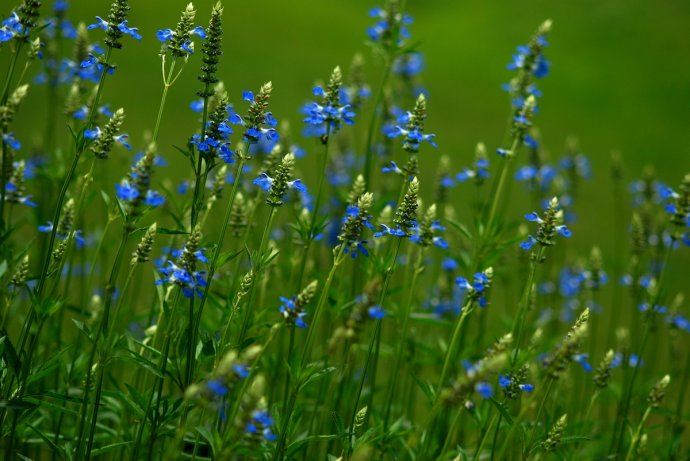
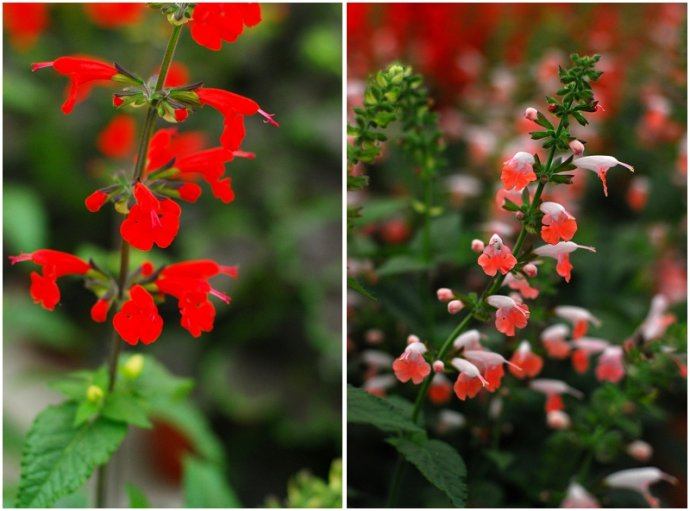
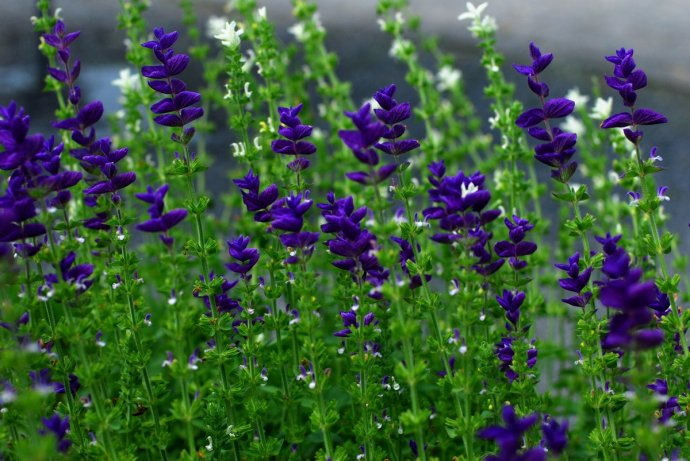
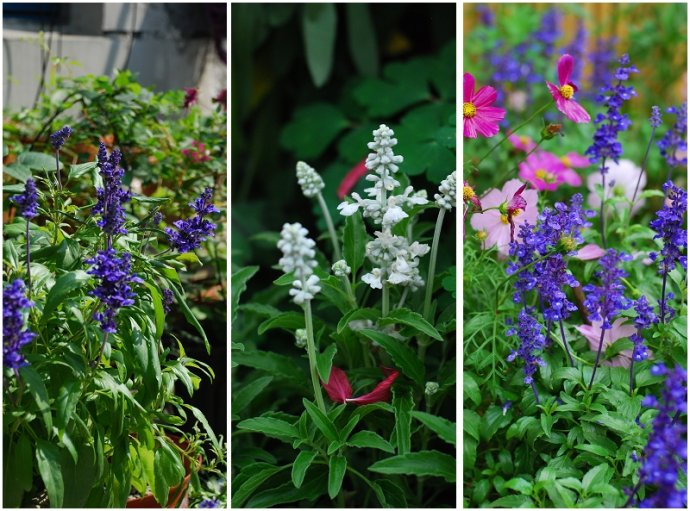
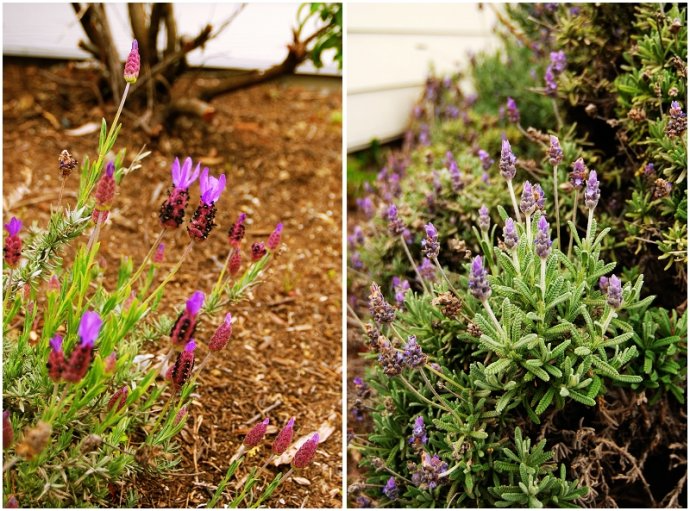
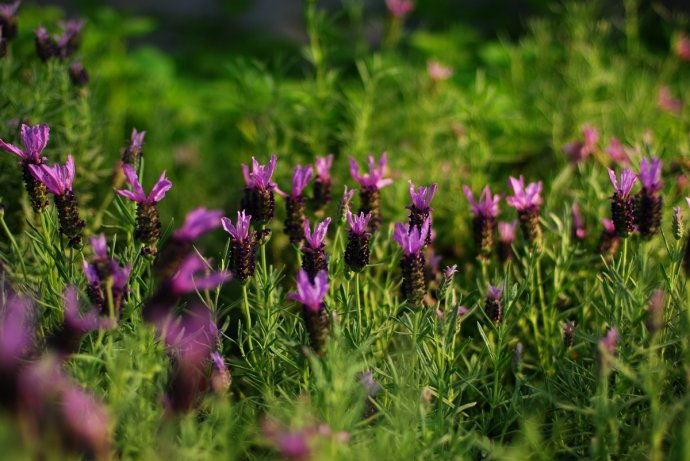
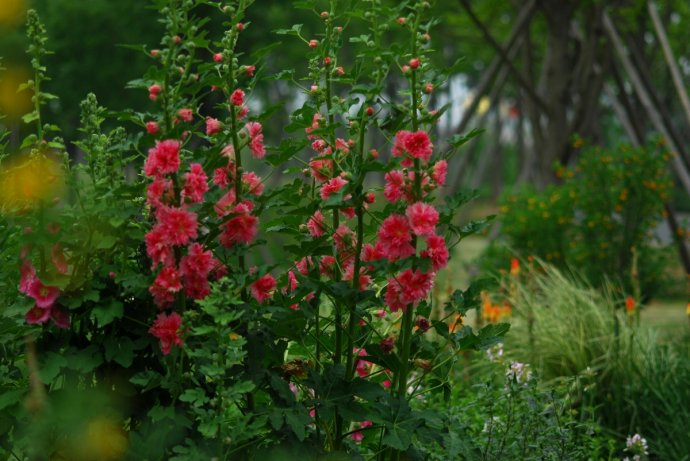
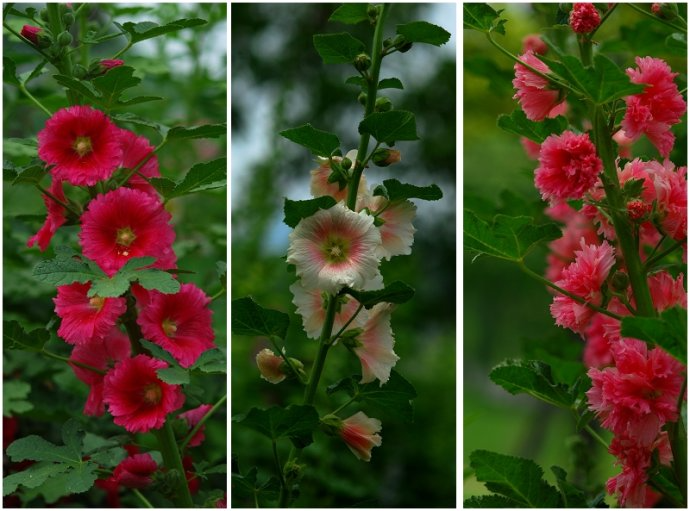

























Recommended Plants for Summer Gardens - Trees and Shrubs
















